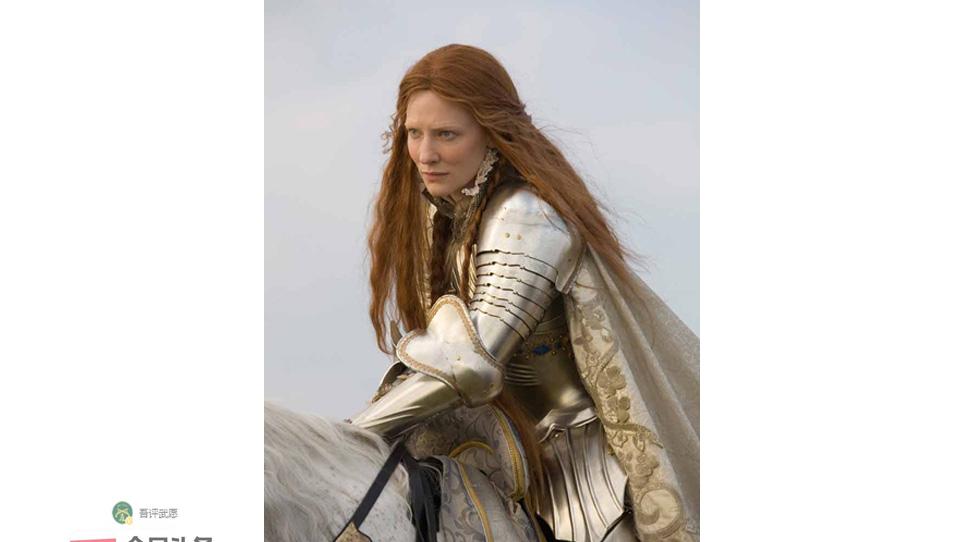Today, we continue to introduce the Greenwich armor of the United Kingdom. After the time of Queen Mary in England, Greenwich armor began to evolve into a unique fashion. We refer to the armor of Henry VIII's dynasty around 1511 as the first wave (introduced in the previous issue), and the second wave of armor in English history has several significant features after the production, mainly in the style of armor to imitate the popular fashion of the time, to reflect the wearer's usual dressing taste.

From 1560 onwards, the armor design imitated the curved style of the "pea-style" tight tunic that was popular among gentlemen during the Elizabethan period. This type of breastplate curves outward at a steep angle in front of it, tapering at the groin, forming a small trumpet-like protrusion. Gold-plated or silver-plated were replaced by blue or gold-plated steel strips that went vertically down through the breastplate and bra, which mimicked the folk popular strips of colorful embroidered cloth.
Photo note: The armor of Robert, Earl of Leicester, included in the Jacobs Album
Some of the armor is equipped with a pair of wide pendant armor that acts similarly to the original barrel legguards. This armor is found in the surviving armor of Queen Elizabeth I's favorite, Robert Dudley, 1st Earl of Leicester, and Henry Herbert, 2nd Earl of Pembroke. William Somerset, 3rd Earl of Worcester, also had a similar armor style.
Image: Sir Anthony Mildmay's armor
Elizabethan Greenwich armor also featured the extensive use of various colors on steel armor to cater to her passion for court stabbing, which also coincided with the style of that so-called "Golden Age". Older styles of armor making, such as Masi Milanese and Gothic, emphasized the shape of the metal itself, such as the use of grooves and ropes for artistic design on the armor rather than the use of color. After the advent of the Greenwich style, intricate metal decorations, coloring, textures, and relief designs on armor were popular throughout Europe.
Above is the 3rd Generation Cumberland Earl George Clifford dressed as knight of Pendragon Castle in 1590. His gladiatorial shield leaned against a tree. One of the gloves of the Queen's "favor" was tied to his hat. Painted by Nicholas Hilliard.
The Greenwich armor was not designed in the center of continental Europe, but was specifically designed, using different colors to form a vivid, striking pattern. In order to reflect the fashion of the common people, color contrast became extremely important. The degree of decoration of a set of armor depends on the wealth of the buyer, from extremely elaborate works of art such as gilded ornaments on George Clifford's armor to relatively simple cavalry "white armor" covered with dark striped cross patterns, using the signs of Greenwich fashion in contrasting colors.
There are three main ways to color the steel of the armor: blue, brown, and red. The bluish process gives the steel a deep, bright blue-black finish. The browning stained the steel a dark brown, which contrasted with the gilding on the armor of George Clifford, 3rd Earl of Cumberland. The reddering process gives steel a deep red or purple hue, which is often used in conjunction with gold plating. All these base colors are applied evenly to the steel of the armor, and then the steel bars of different colors are laid together to form a pattern, or the etched parts of the armor are gilded. The earl of Worcester's armor is a notable example of ruffled design, which was originally gilded on deeply bluish steel.
The Greenwich helmets used in battlefield combat and court stings have their own unique form. Typical Greenwich helmets have metal face guards, a very high vertical opening on one or both sides of the field face, and a small round hole in the stinging face (most Greenwich armor has both types of face guards). The upper edge of the faceplate protrudes gracefully forward, and the helmet looks like a "bow". The top of the helmet also has a high bulge that matches the back of the head from the top of the protective surface, which was influenced by the French fashion of the time.
Sir Henry Lee's armor kit from the Jacobs Album
The Greenwich armor has an in-depth design, and the armor consists of a series of interchangeable pieces, and the components can be interchanged and combined into different armor suits for horseback combat or foot combat in court fighting. Armor components typically consist of a full-plate armor, plus a face guard specifically designed for stabbing matches, an open-faced burgonet that can be worn during parades or ceremonies, and a detachable "dropped light yellow" mask in combat; a large armor to strengthen the upper body and neck for combat; and a handguard to reinforce the arms, as well as a large hand guard glove. The original armor also included a shaffron covering the horse's head, a set of decorated saddles. (To be continued)